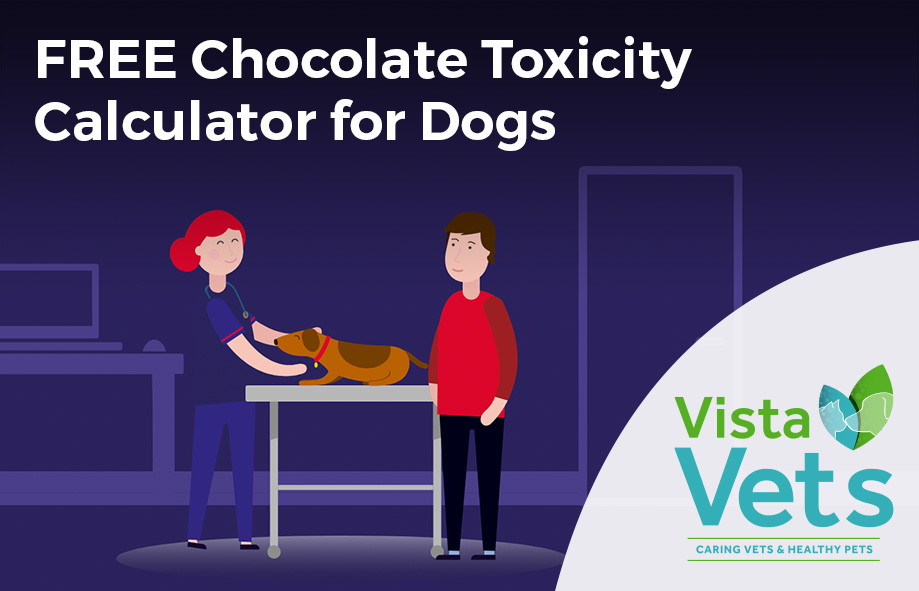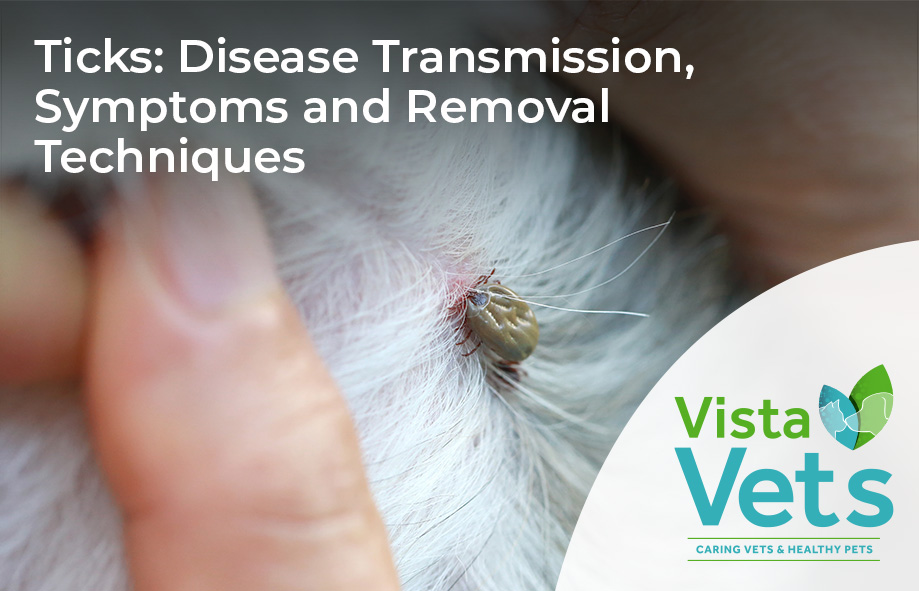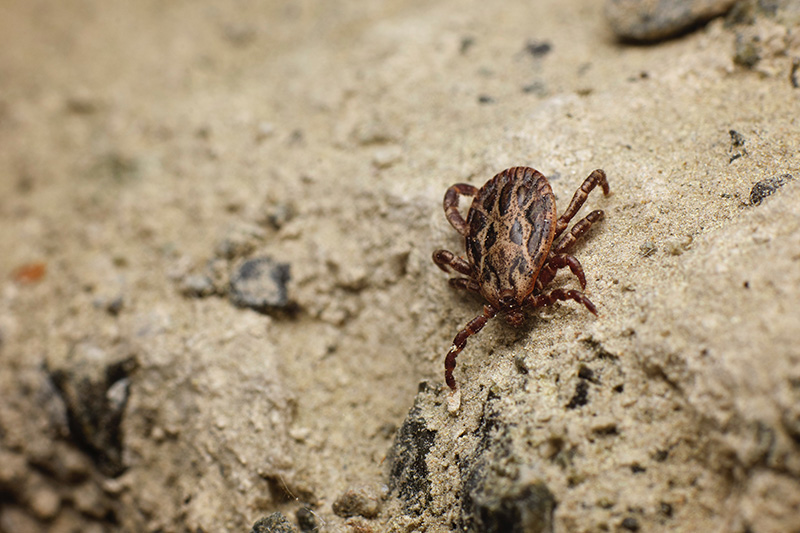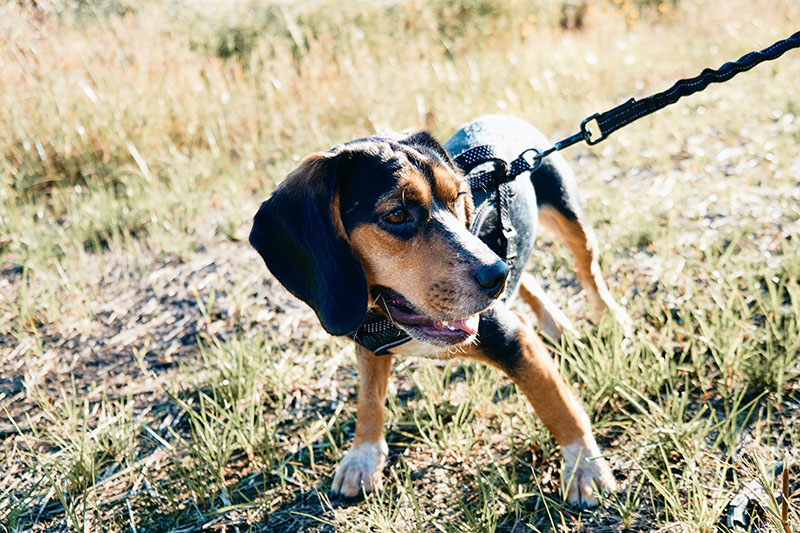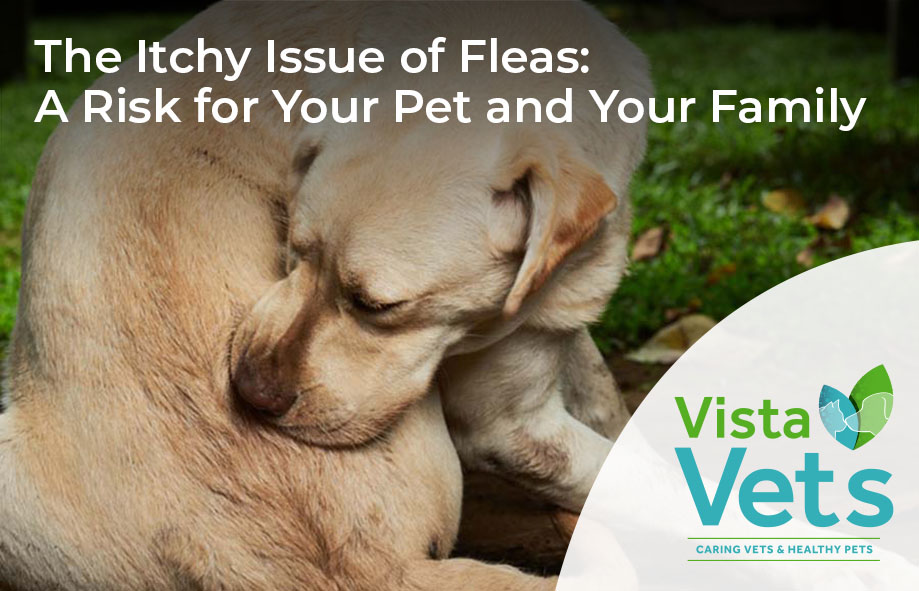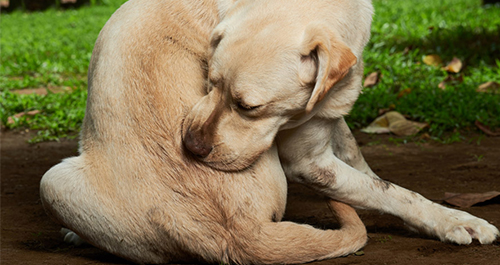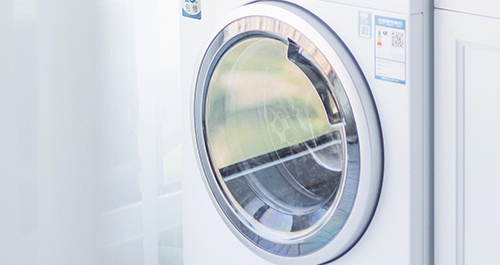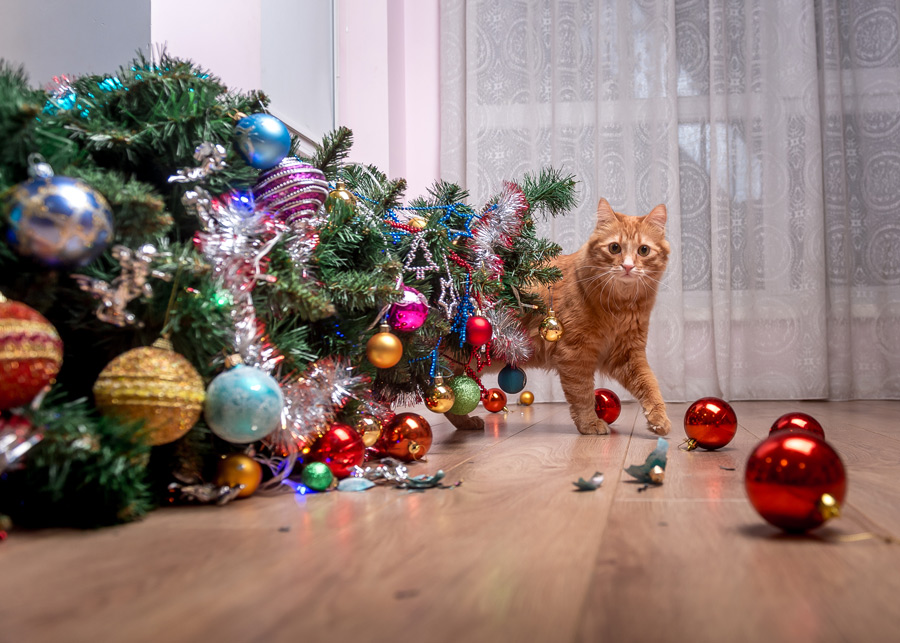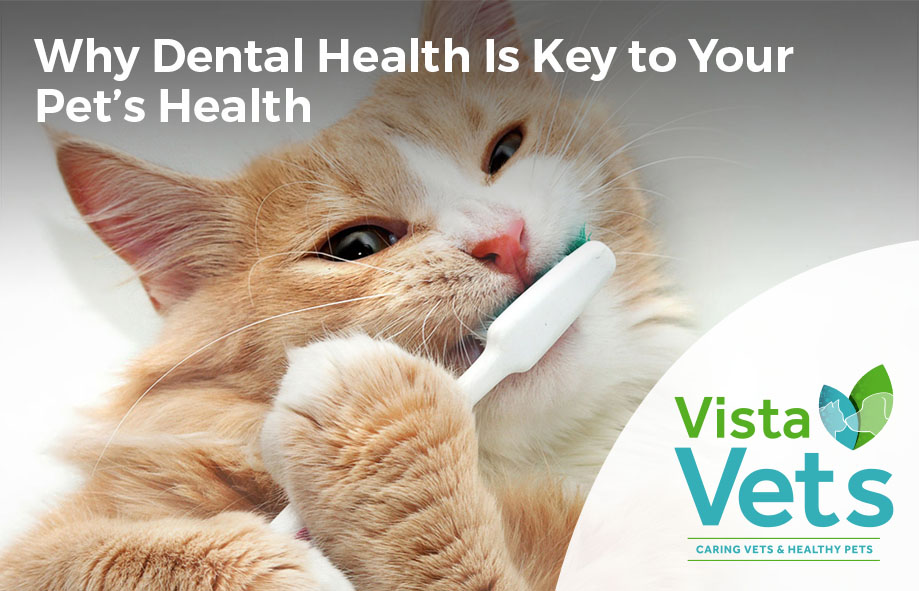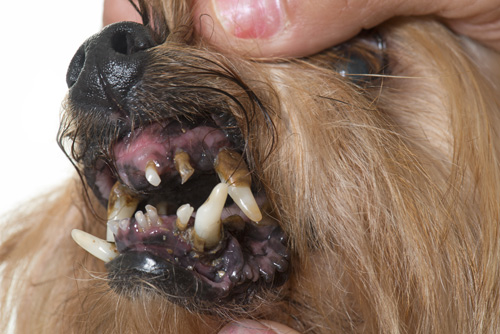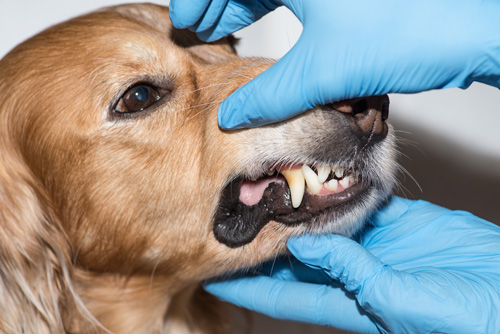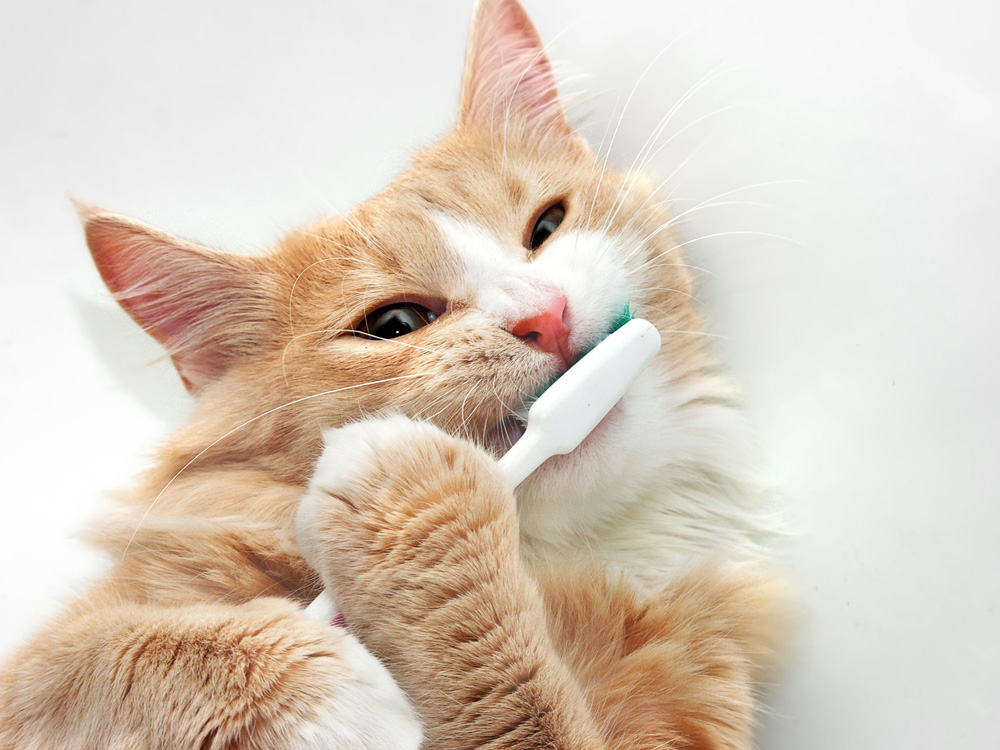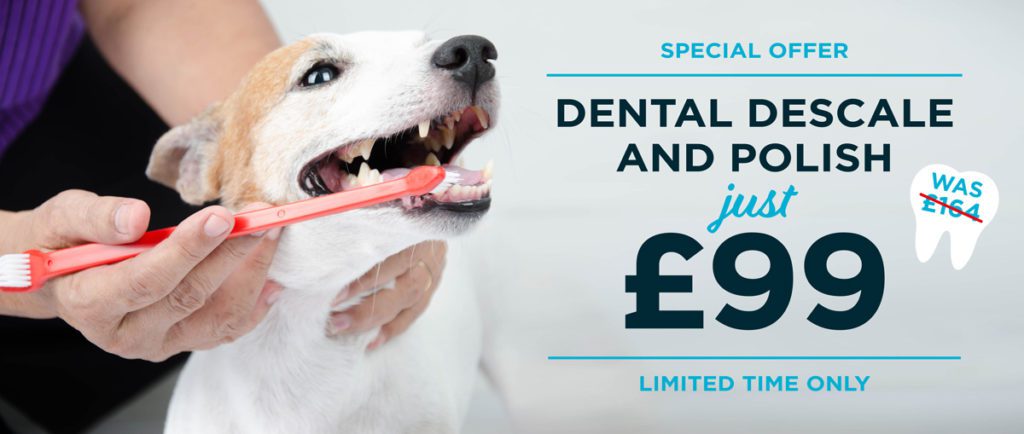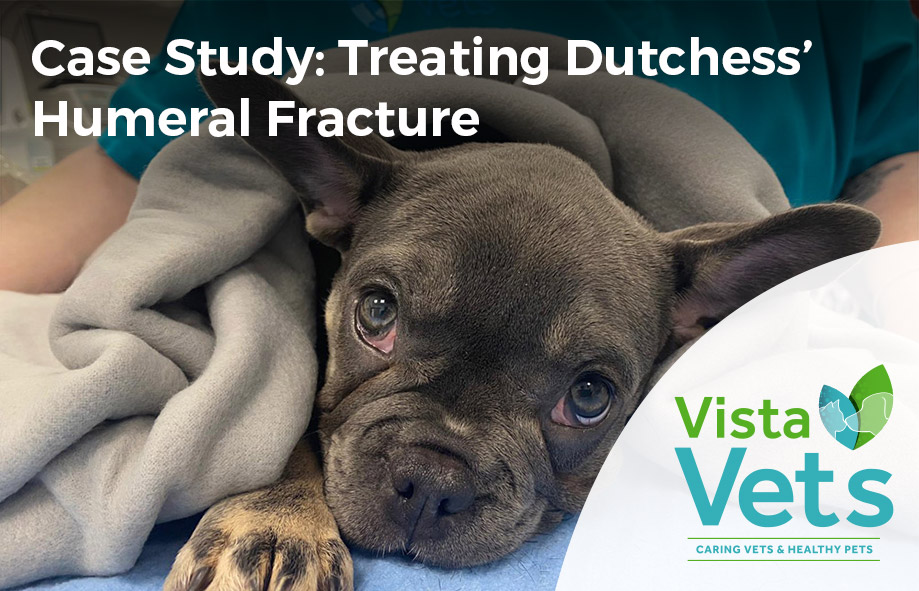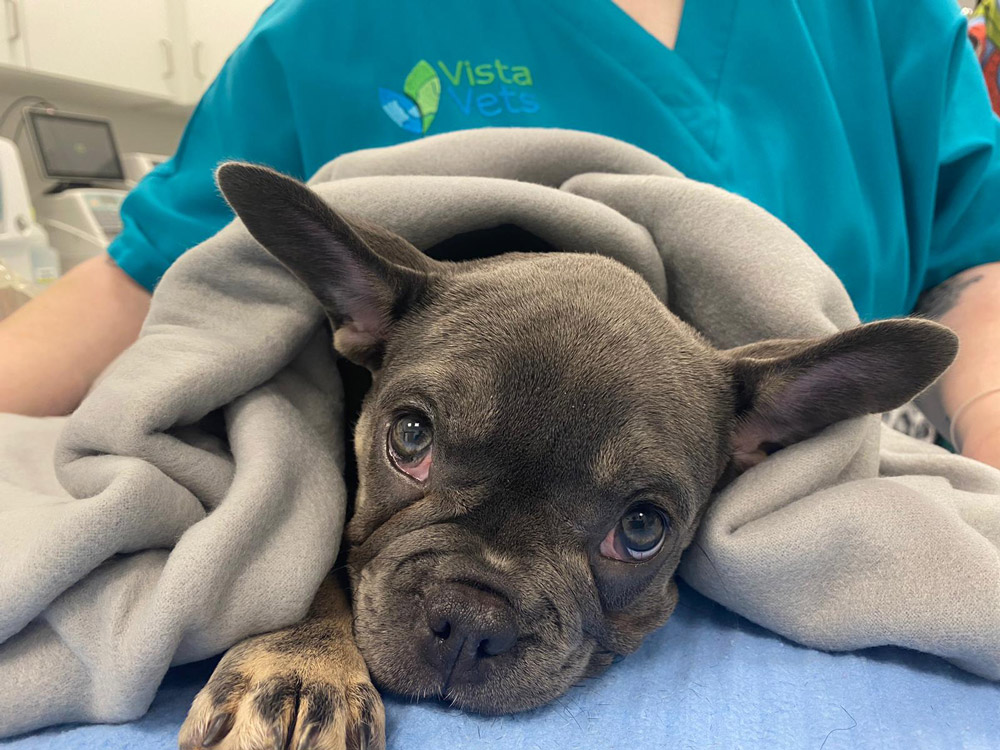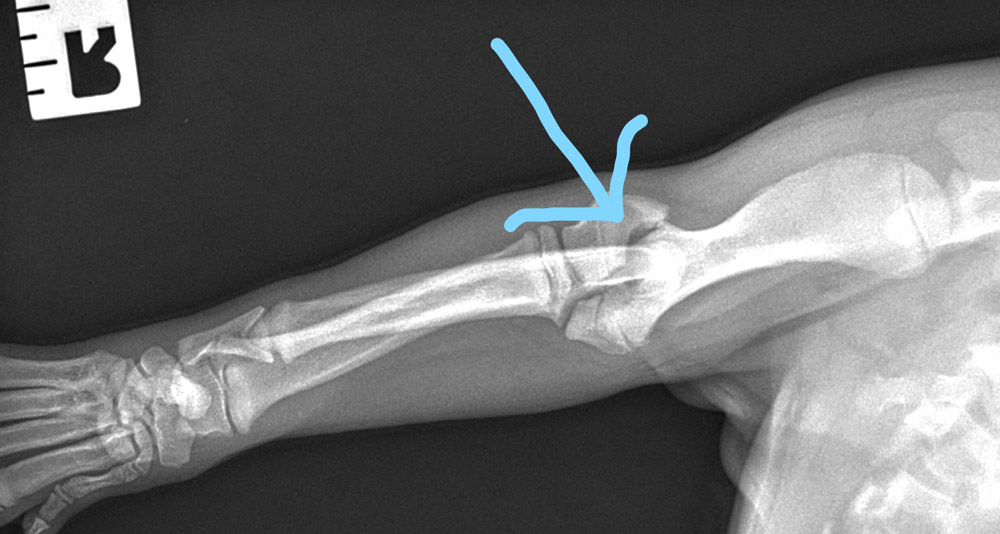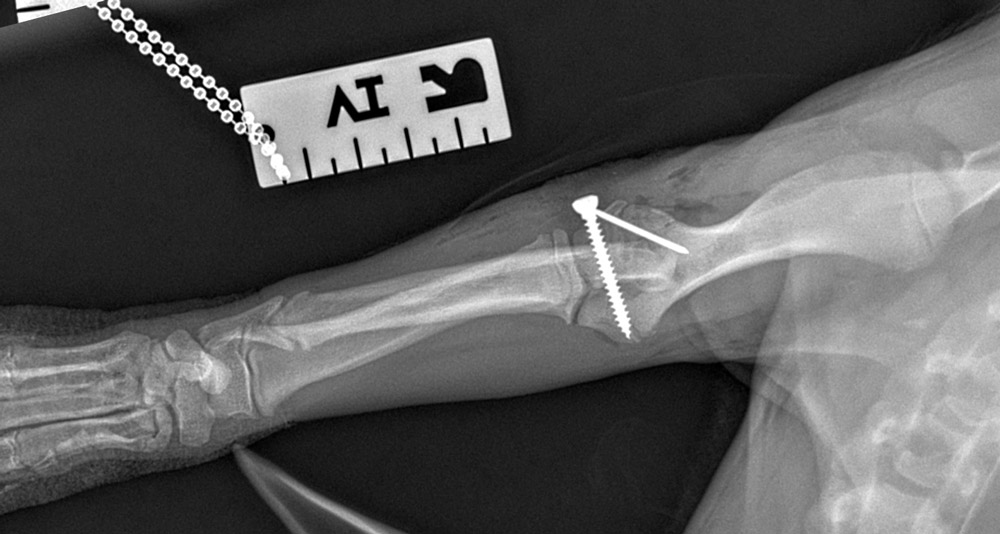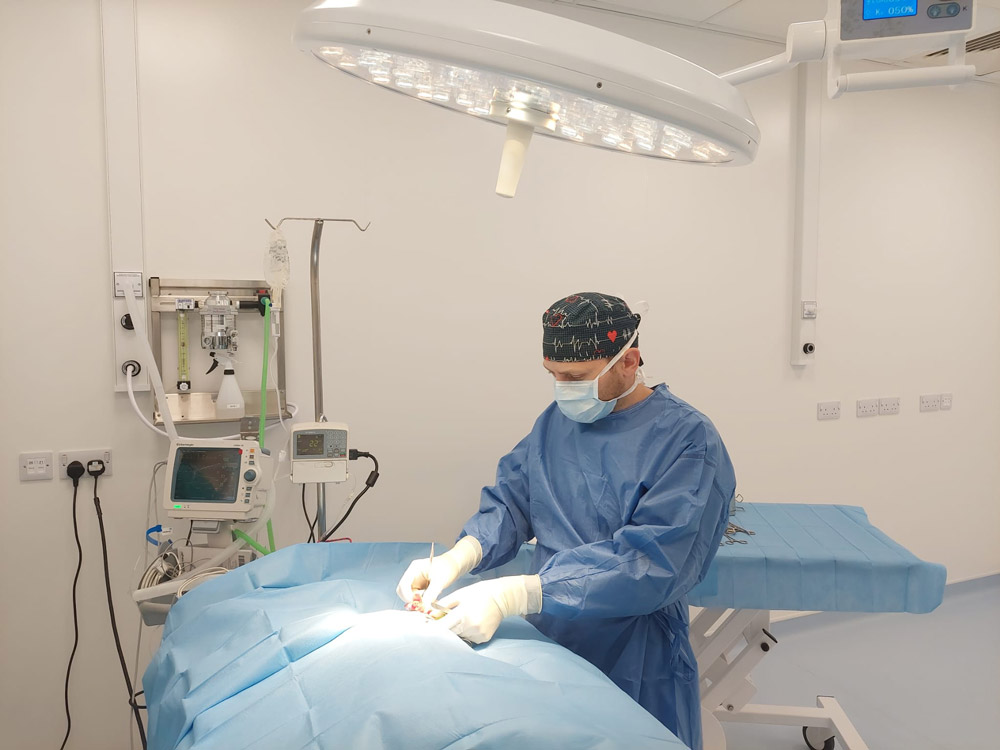Did you know that lockdown affected the mental health of our dogs as well?
New research by Guide Dogs has revealed that 74% of the nation’s dogs show signs of having poor mental health, with 18% showing symptoms as often as weekly. Only a third of the dog owners are able to spot the signs of poor canine mental health and just a quarter admit they did not even realise that dogs could suffer from poor mental health.
Our own vet Dr. Peter Brigant recently had the opportunity to discuss mental health in dogs on ITV news.
This was a great opportunity to raise awareness about an issue which is rarely discussed, but we see all too often these days. Watch the video below:
So how do I recognise these behavioural changes in dogs?
Some behaviour can be quite obvious, and can be easily identified as:
- Excessive barking
- Hyperactivity
- Obsessive fur biting
- Tail-chasing
- Aggression
Some of these behaviours can eventually turn cohabitation with our four-legged friends into a frustrating experience.
On the other hand, some symptoms are harder to spot:
- Loss of appetite
- Changes in activity levels
These kinds of behaviour can sometimes be harder to consider as a cause for concern, and any kind of slight change in behaviour means mental health issues can become easily overlooked.
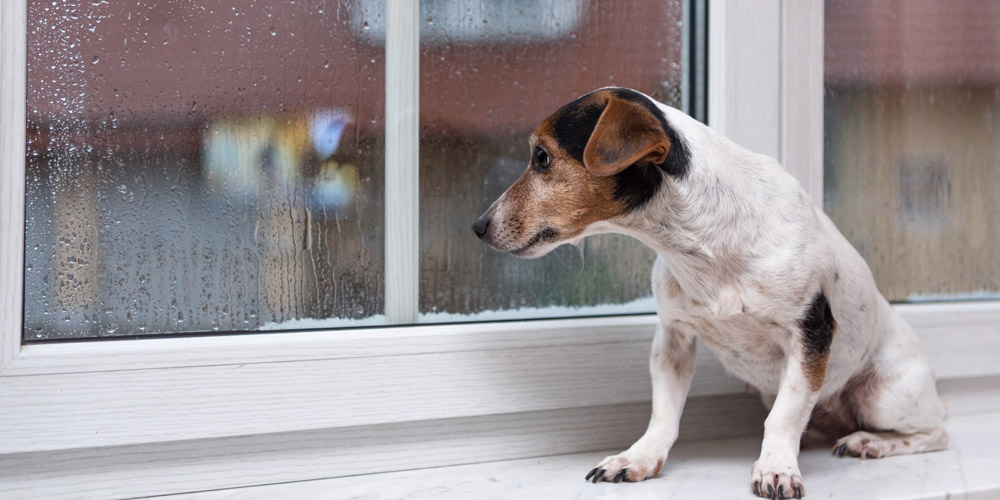
My dog is acting strangely! What can I do?
There are many forms of mental health problems and therefore the exact reasons why your dog is having behavioural problems would differ from case to case.
Speak to your vet
The general approach is to rule out the possibility that the change in the behaviour is not caused by physical health issues and therefore it is advisable to consult the abnormal behaviour with the vet. If simple behavioural techniques are not helping we would then advise and refer to a canine behavioural specialist.
Try Canine Enrichment Activities
We know that most of the dogs’ mental issues have origin in our stereotypical lifestyle in which our furry friend takes undivided part. Simply, dogs get bored very easily and are always looking for something to interest them.
Canine enrichment activities, such as food-based puzzle toys, LickiMats, forging games, sensory activities and steady walks with lots of sniffing opportunities, could be the key to boosting a dog’s mood.
On average, UK dog owners spend between 46 – 60 minutes per day looking to keep their dogs stimulated. However, the age and energy level decide the amount of stimulation a dog needs, but all owners should do canine enrichment activities little and often and think about quality, not quantity. Variety is key; doing something a bit different each day or mixing things up throughout the week is much more interesting for a dog. Dogs can thrive when given new tasks and opportunities to engage.
Integrating a mix of canine enrichment activities into your dog’s day-to-day life is the best way to help stimulate their senses, encourage them to practice natural behaviours, and improve their wellbeing. As well as being a lot of fun for you and your dog.

